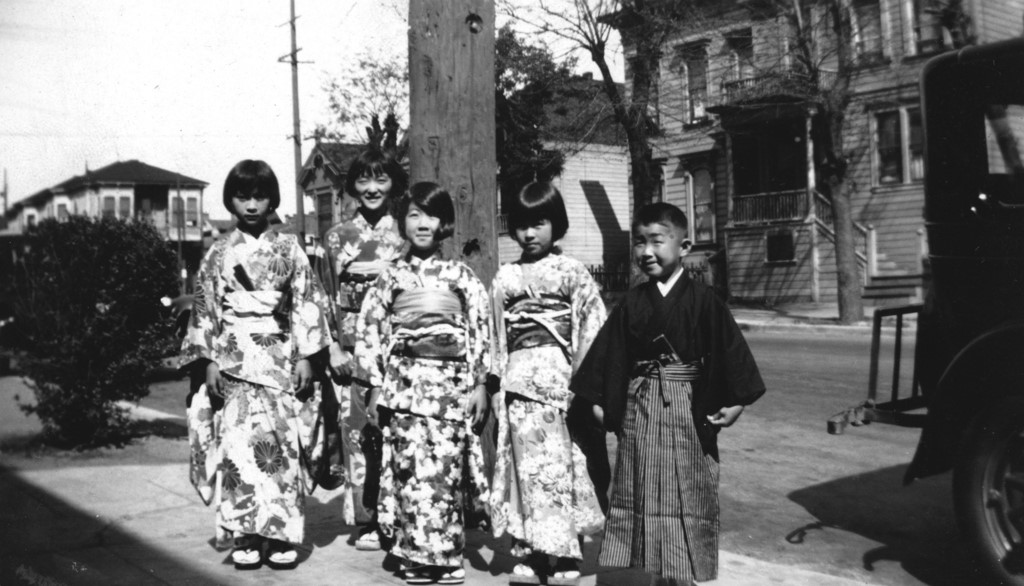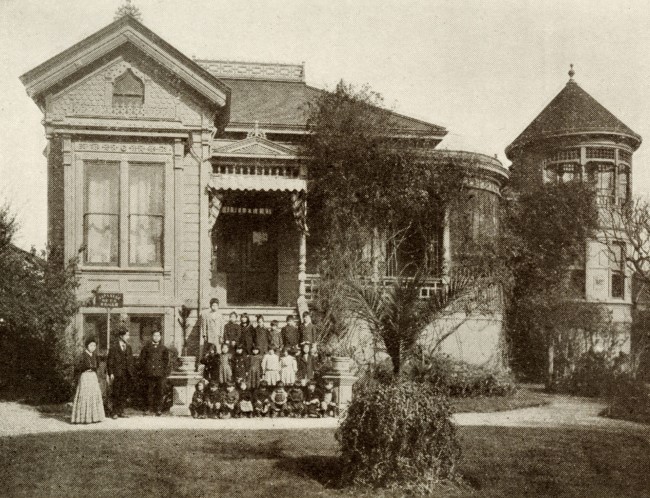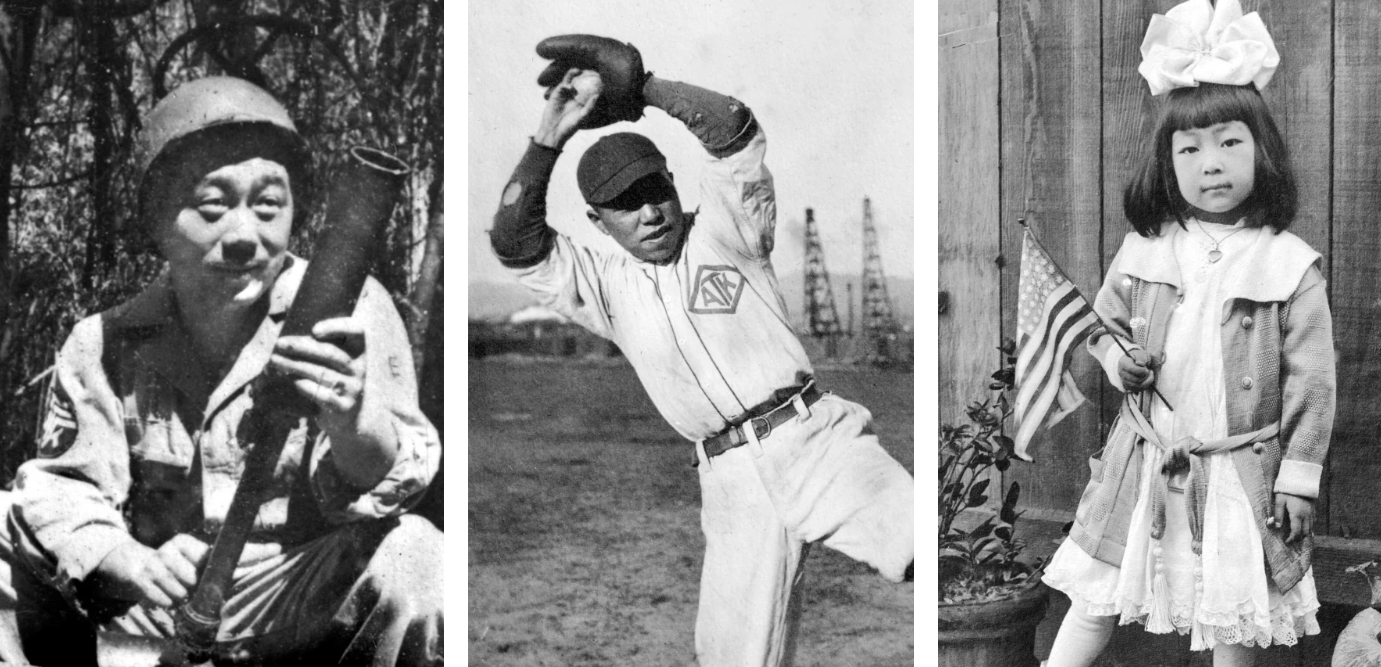
Densho Digital Repository Collections
See all of the oral history interview videos and photo and document collections from the Buddhist Temple of Alameda, Buena Vista United Methodist Church, Joe Iwataki, Takano Yasutaro, and more.
Encyclopedia Articles

Alameda, California
Since the early 1900s, the East San Francisco Bay city of Alameda has had a close-knit Japanese American community anchored by a Buddhist and a Methodist church and a cluster of Japanese owned businesses.

Buena Vista United Methodist Church
Buena Vista United Methodist Church in Alameda, California, was born in the years of early Japanese immigration, nurtured generations, and was dispersed during the war years. Yet it survived and continues in expanding outreach.

Buddhist Temple of Alameda
The Buddhist Temple of Alameda has been one of the pillars of the Japanese American community in Alameda since its founding in 1916.

Ruby Yoshino Schaar
A celebrated opera soprano, Ruby Yoshino was among the first Nisei to achieve national stardom as a singer, and later served as president of the New York City JACL chapter.
Partner Links
Internet Archive Collection
View the Alameda Japanese American History Project's collection on the Internet Archive site.
Alameda Japanese American History Project website
The Alameda Japanese American History project is a community-based effort to document the history.
Overflowing with Hope: The Hidden History of Japanese Americans in Alameda
The Alameda JA History Project’s exhibition, “Overflowing with Hope: The Hidden History of Japanese Americans in Alameda” is opening on Wednesday, May 17 at 4pm at the Alameda Free Library. At the turn of the century in the island community of Alameda, California, was a thriving Japantown bustling with bath houses, a sewing school, bicycle shops, a photo studio, and centers of worship. But everything changed overnight when Japanese Americans were forcibly removed from Alameda. The new exhibit documents the wartime removal of the Japanese American community through images, testimonies, artifacts, and long hidden stories. The exhibit continues through July 15, 2023.

The project was funded, in part, by the Japanese American Confinement Sites Grant Program of the National Park Service, and powered by a community of dedicated volunteers.

